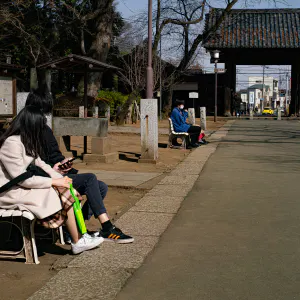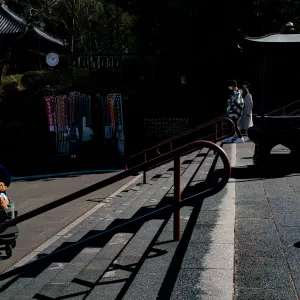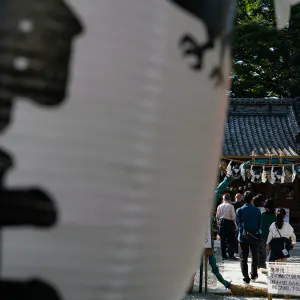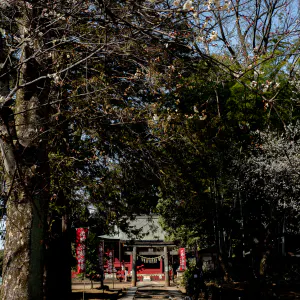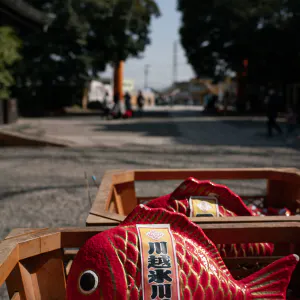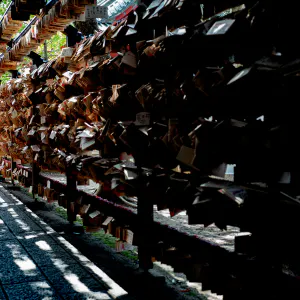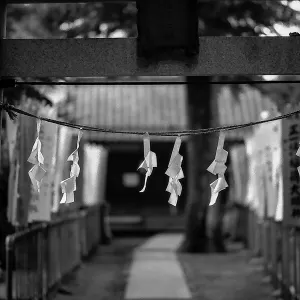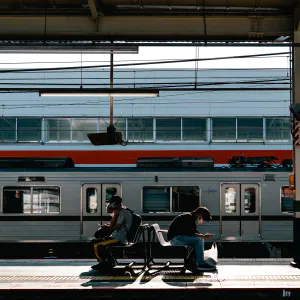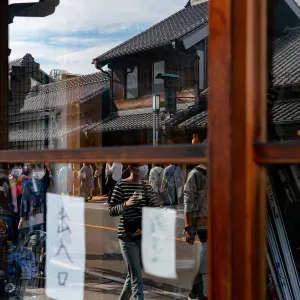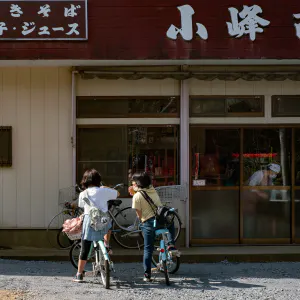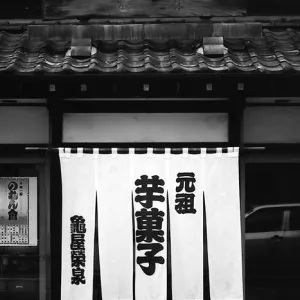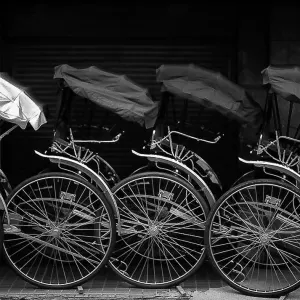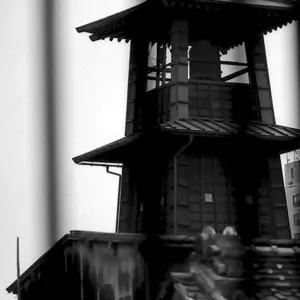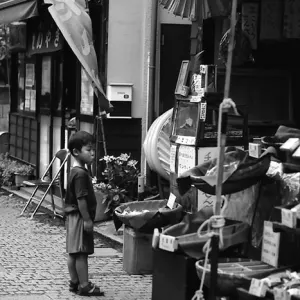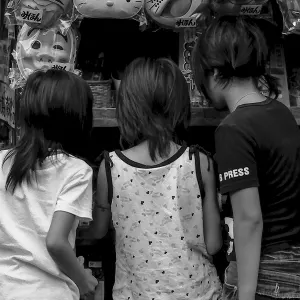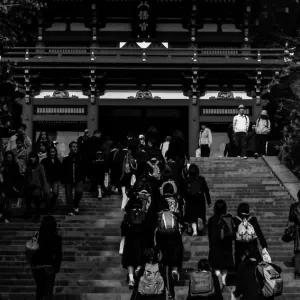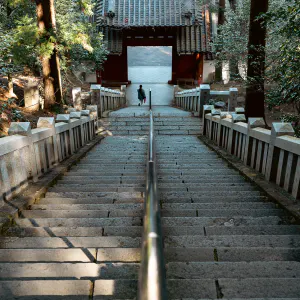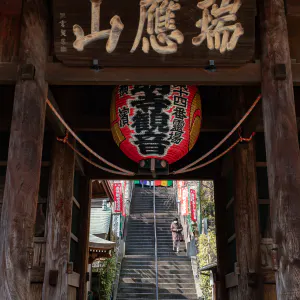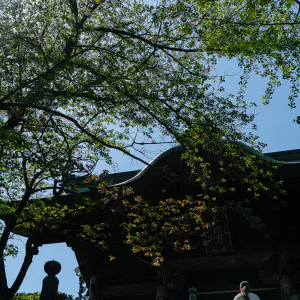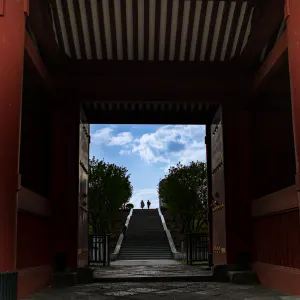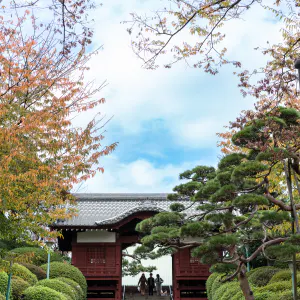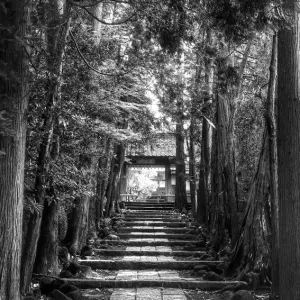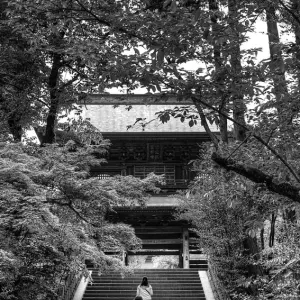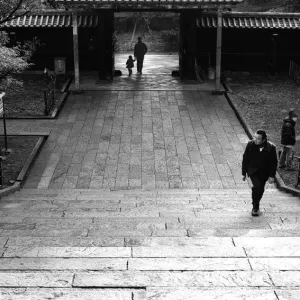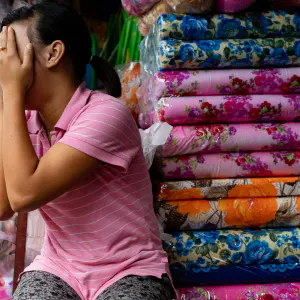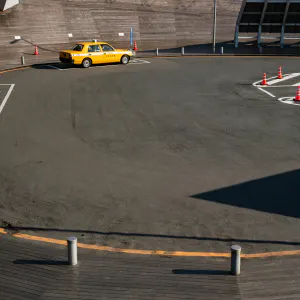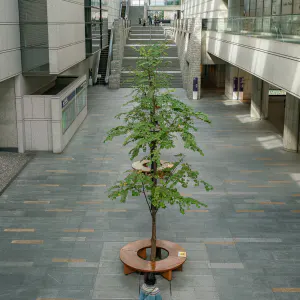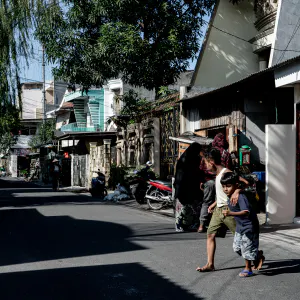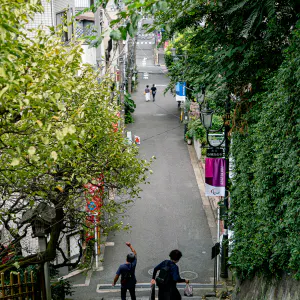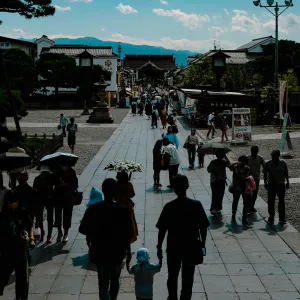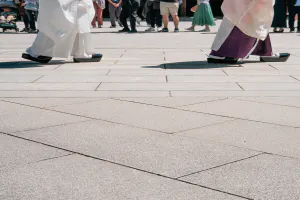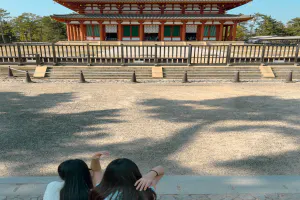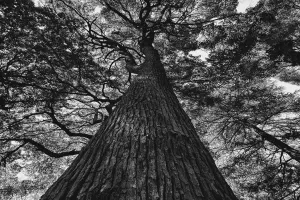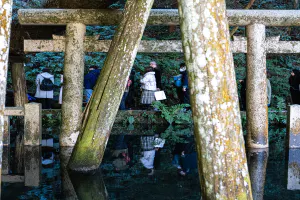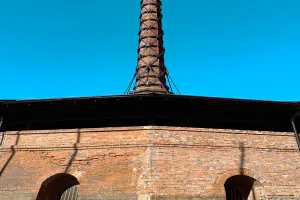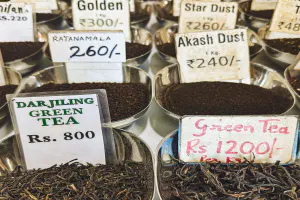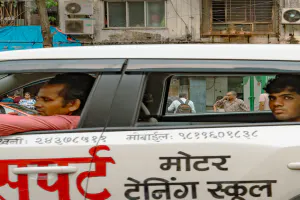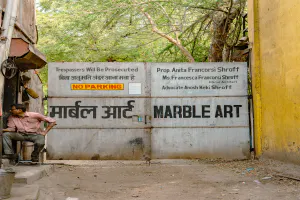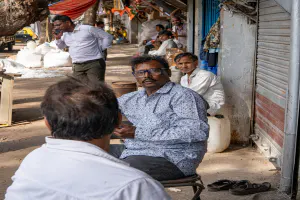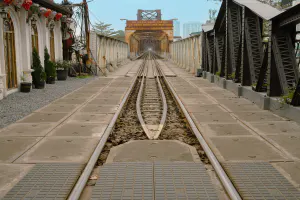Although Senba Toshogu Shrine sits at the top of a steep staircase, its gates were tightly closed
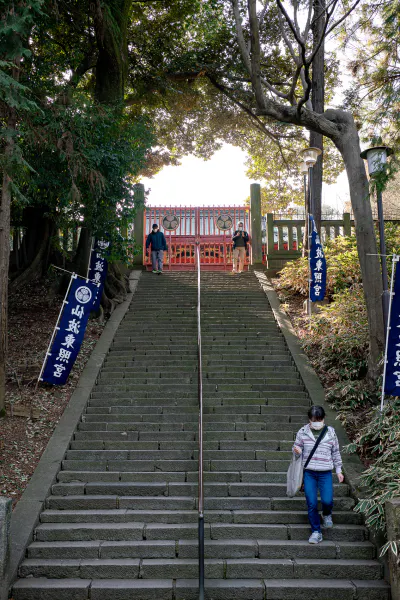
Shrines Dedicated to Tokugawa Ieyasu, Known as Tōshōgū, Are Scattered Throughout Japan
When one hears the name "Tōshōgū," the first place that comes to mind is likely the Tōshōgū Shrine in Nikkō, which is recognized as a UNESCO World Heritage site. However, shrines dedicated to Tokugawa Ieyasu—enshrined as the deity Tōshō Daigongen—are not limited to Nikkō. They exist across the country. According to the records of the National Tōshōgū Association, nearly 50 shrines throughout Japan—from Hakodate in the north to Nagasaki in the south—venerate Ieyasu as a deity.
Some Shrines Proudly Call Themselves One of the “Three Great Tōshōgū Shrines of Japan”
Senba Tōshōgū in Kawagoe is one such shrine. A quick search yields numerous articles proudly proclaiming it as one of the "Three Great Tōshōgū Shrines of Japan." Intrigued by its apparent prestige, I found myself naturally drawn to visit.
Yet, I couldn’t help but feel a slight hesitation.
The phrase “Three Great Tōshōgū Shrines” carries a somewhat ambiguous tone. Nikkō Tōshōgū, as the primary shrine, and Kunōzan Tōshōgū, where Ieyasu's remains were first laid to rest, are undisputedly worthy of the title. But the third position seems to be quietly and proudly contested among several shrines across the country.
<>A quiet yet dignified competition surrounds that third seat. Because of this, I find myself cautious whenever I encounter the phrase “Three Great Tōshōgū Shrines.” Is it truly deserving of the title? Does it have the historical credibility? Or is it just an exaggeration—a clever bit of local tourism promotion?And so, I set off to Senba Tōshōgū, to find out for myself whether it truly lives up to the name.
The Origins of Senba Tōshōgū
The establishment of this shrine is credited to the monk Tenkai, renowned for founding Kan'ei-ji Temple in Ueno. After Tokugawa Ieyasu's death, he was first entombed at Kunōzan in Shizuoka. Later, his remains were relocated to Nikkō. During the procession to Nikkō, the cortège paused in Kawagoe. At that time, Tenkai conducted a solemn memorial service here. Eventually, a statue of Ieyasu was enshrined at that very location—thus marking the beginning of Senba Tōshōgū.
Later, under the order of the third shogun, Tokugawa Iemitsu, the shrine’s splendid structures were built: the vibrantly decorated main hall, the imposing Karamon gate, the sacred fence, the worship hall, the offering hall, the guardian gate, and the grand stone torii. All of these structures still quietly convey the dignity and authority of the Tokugawa shogunate. Senba Tōshōgū is not just another shrine. It is a sacred site steeped in the deep reverence and faith of the Tokugawa family.
Many of its structures, including the main hall and Karamon gate, are designated as Important Cultural Properties of Japan. This alone testifies to its profound historical and cultural significance.
Is it truly worthy of the title “One of the Three Great Tōshōgū Shrines”?
Yes—without a doubt. That’s how I genuinely felt after visiting.
However, It’s Not Always Open to Visitors
There is one important thing to keep in mind when planning a visit to Senba Tōshōgū. Access to its key attractions—such as the main hall and the Karamon gate—is limited to Sundays, public holidays, or special occasions.
“Religious sites don’t have closing days,” I had naively assumed. But halfway up the stone steps, I was faced with the reality.
The gate was firmly shut, and the worship hall and main hall beyond it appeared like a dream—dimly floating in the distance. The shrine grounds were completely still, and even the wind seemed hesitant to disturb the silence. It was a Saturday. I never imagined I would be turned away like this.Hoping to catch even a glimpse, I stretched my neck and peered through the narrow gap in the gate. But all I could see were the shadows of trees and a small glimpse of the closed-off inner sanctum.
If you plan to visit, it’s best to confirm in advance whether the shrine will be open to the public. If it happens to be closed, consider visiting the adjacent Kitain Temple instead. It is usually open to visitors and offers beautifully preserved historical buildings and gardens to enjoy.
| May 2022 IN THE CITY SAITAMA | |
| GATE KAWAGOE SHRINE STAIRWAY |
PHOTO DATA
No
12263
Shooting Date
Mar 2022
Posted On
May 12, 2022
Modified On
March 28, 2025
Place
Kawagoe, Saitama
Genre
Still Life Photography
Camera
SONY ALPHA 7R II
Lens
ZEISS LOXIA 2/35
